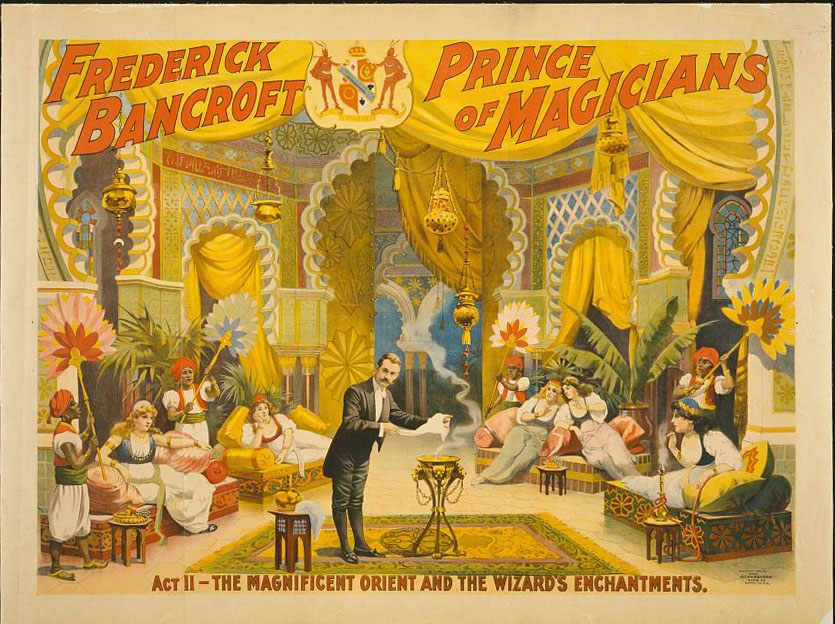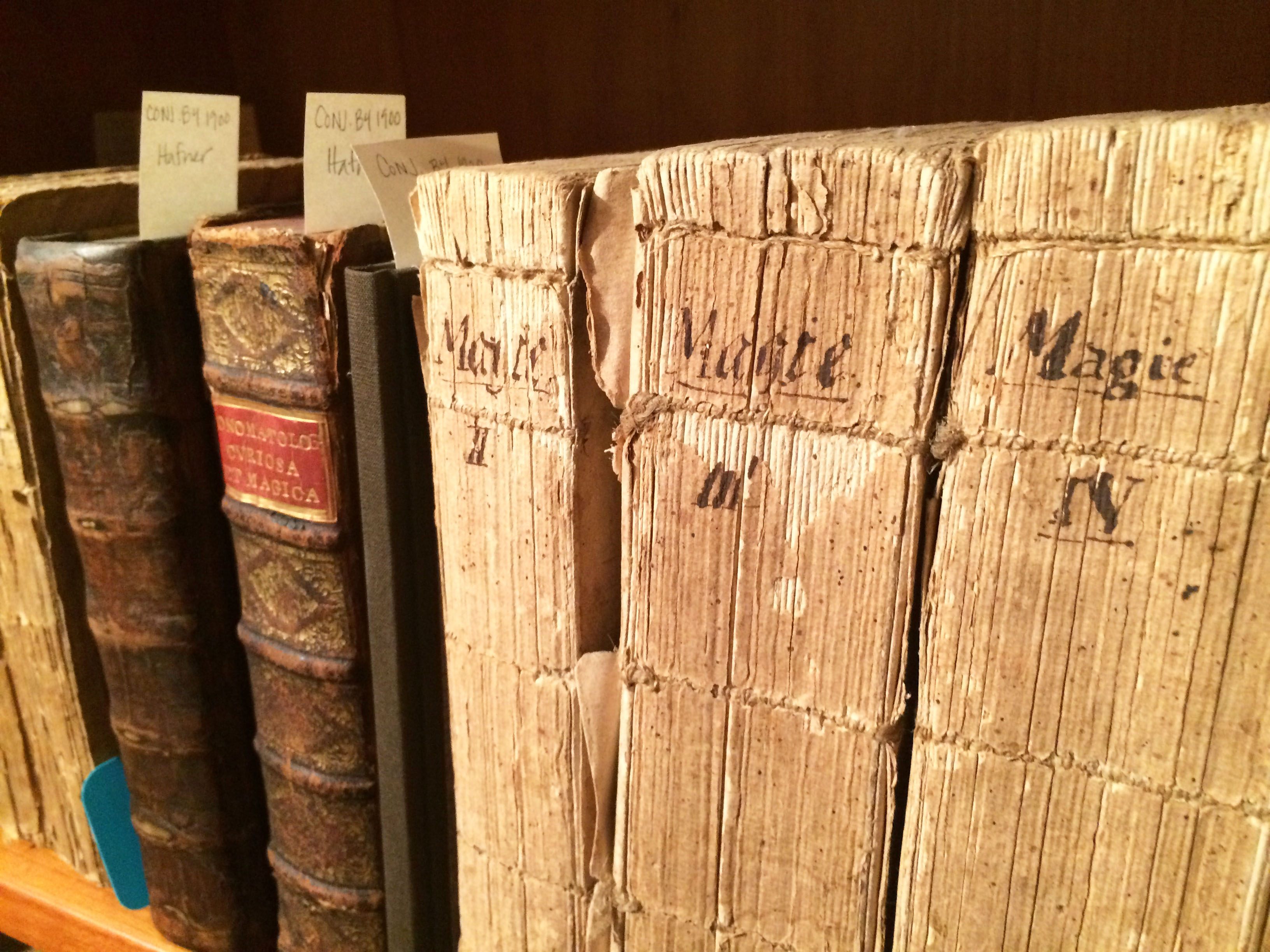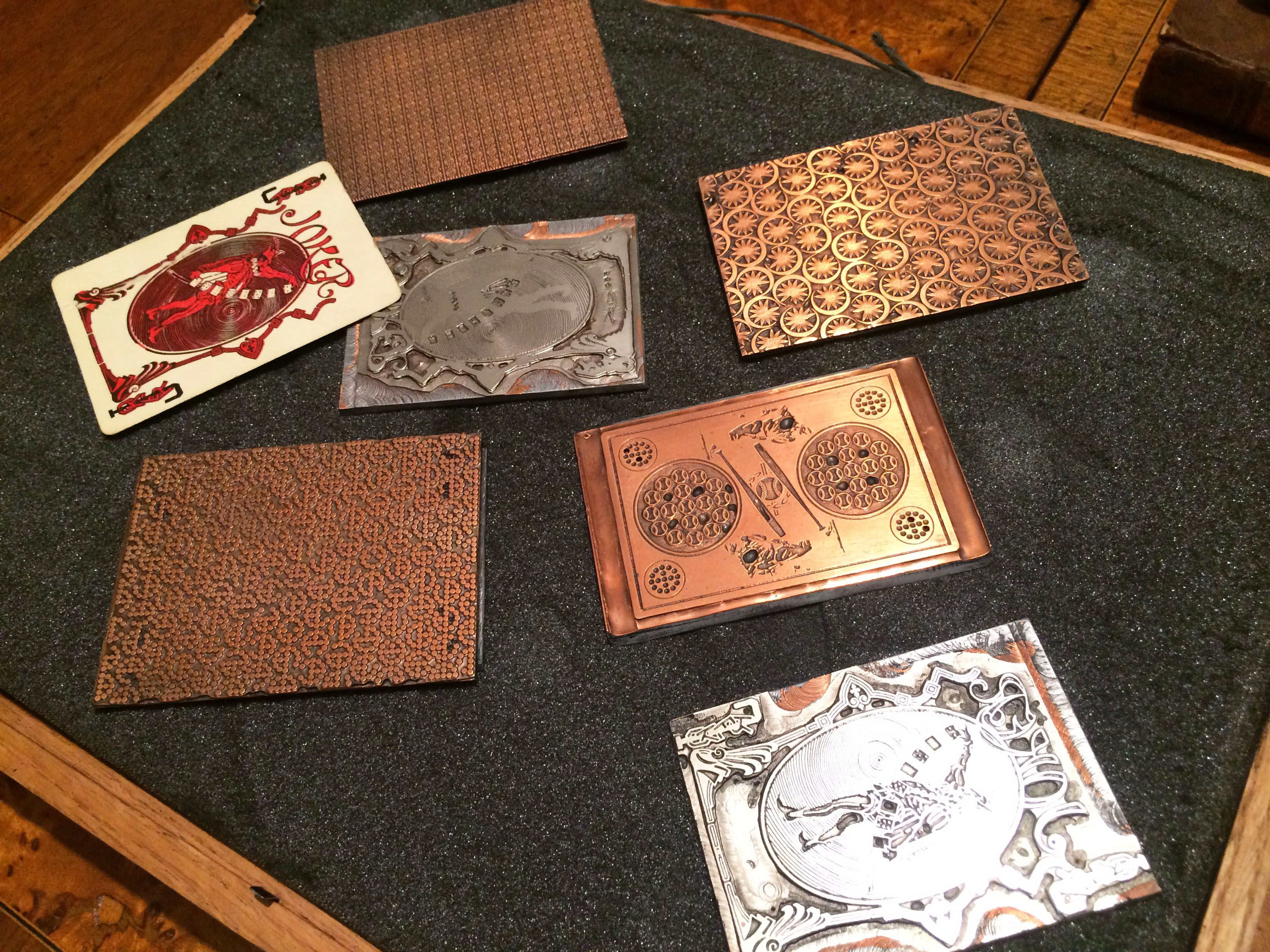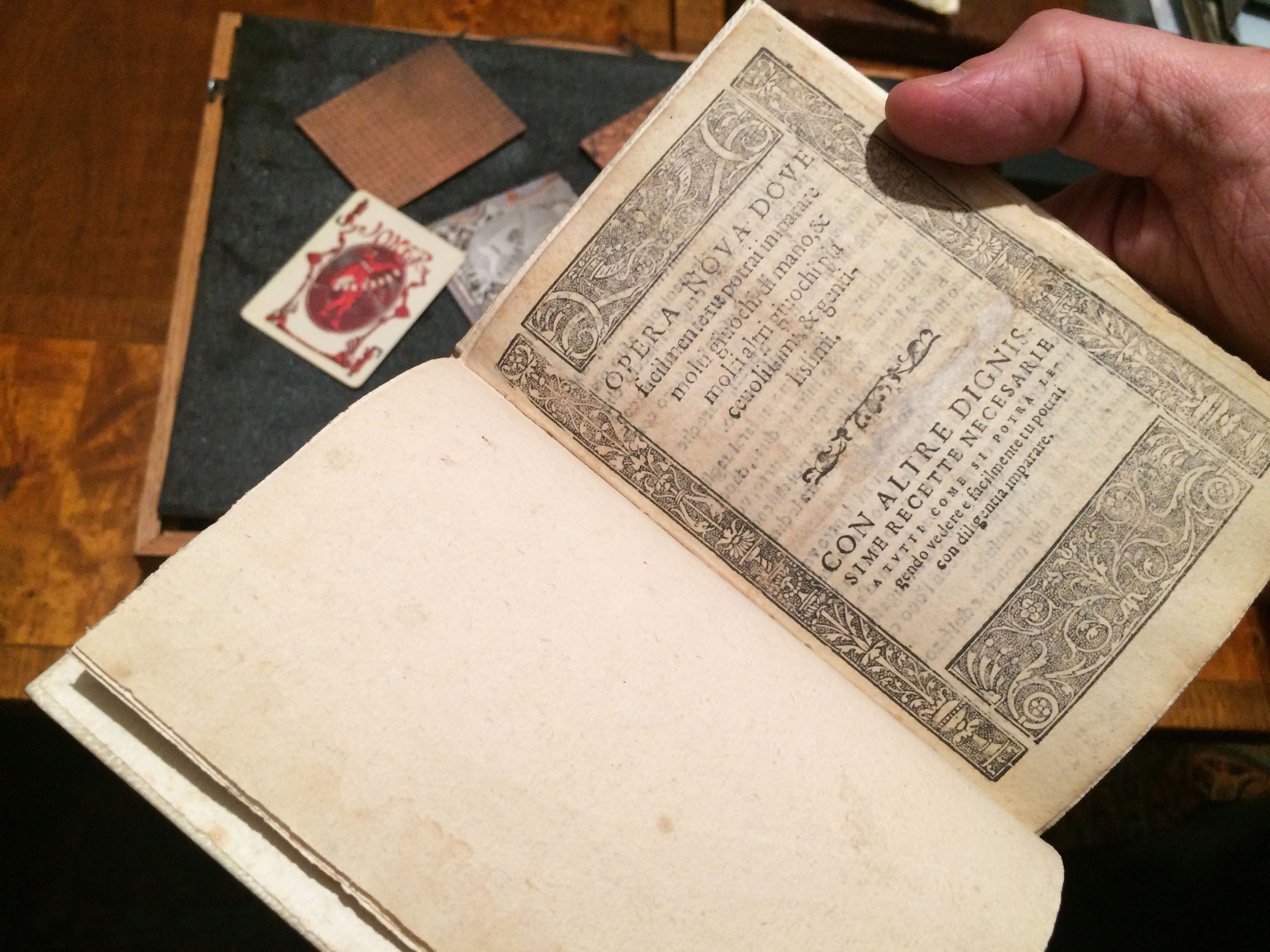Inside the Magic Library at the Conjuring Arts Research Center
Need to read up on a 17th-century card trick? Come here.

There is an anonymous-looking office building located in Midtown Manhattan that hides a secret library for magicians.
It sounds fantastical enough to have been created by Terry Pratchett or J.K. Rowling, but the Conjuring Arts Research Center is very much real, and one of the world’s greatest collections of books dedicated to the deceptive arts.

Conjuring Arts may be hard to find, but it is located in the heart of New York’s magic community. A few blocks northeast is Tannen’s, the oldest operating magic shop in the city, and a few blocks to the west is Fantasma, a magic store home to the largest Houdini museum in the world. One of the people on the Center’s Board of Directors is Brooklyn-born magician David Blaine.
The not-for-profit organization was established in 2003, “dedicated to the preservation and interpretation of magic and its allied arts.” It was started by William Kalush, who developed a love of magic from the card tricks shown to him by his father, a Marine wounded in World War II. This love of card magic turned to a love of collecting magic books, which now form a wondrous collection of over 15,000 books—some dating to over 600 years old—housed in this hidden location.

“I like early books that no one else has ever seen”, Kalush says, sitting in a high-backed, ornately carved wooden chair that wouldn’t look out of place with a wizard sitting on it. “Books of performances pieces, card secrets, many that are unique.”
Browsing through the shelves stacked with all things conjuring, you will find obscure books on sleight-of-hand techniques, mentalism, deceptive gambling, the history of magic, and the mysterious secrets of card tricks. One book is the seminal The Expert At the Card Table, which appeared in 1902, written by an S. W. Erdnase. It’s one of the most detailed collections of sleight-of-hand techniques and card sharping, a book so iconic and well-studied within magic circles it is known as “the Bible.” Appropriately enough, S. W. Erdnase was a pseudonym. The real identity of the writer has remained a century-old mystery.

It is in the center of the library, in a windowless room under lock and key, that lies the true treasure of this remarkable place; the rare-book room. Within are shelves full of ancient European texts bound in vellum, with mysterious-sounding names such as Onomatalog Cvriosa et Magica. These incredibly rare books contain the early written history of magic. “Many are unique and can’t be found anywhere else in the world,” says Kalush, holding a book written in Florence in 1491 that promised to show how to read people’s minds.
Interest in playing cards flourished during the Renaissance, and led to books such as one written by Gaspar Cardao in Portugal in 1612. Alongside wisdom on arithmetic and astronomy, the book contained chapters on card tricks. Kalush picks up a delicate pamphlet, printed in Italian, from the 17th century. “They were designed to be sold on the street. Made up of one sheet of paper folded twice over, pamphlets such as these were sold door-to-door at low costs, and would be about cookery, or religious prayers, or folk tales. It just so happens that this slender artifact is a very rare little book of magic secrets.” Another from the 1540s explained the secret of how to tear a piece of string into a hundred pieces, then restore it.

But these magic books aren’t just secreted away. Above all, the Conjuring Arts Research Center was set up to be a practical resource. “I wanted a place that was available for anyone with an appointment, to be able to come in and find some of the rarest material,” says Kalush. A large part of the organization’s work is sourcing these forgotten treasures, preserving them, and making them available to magicians and scholars.
Much of the Center resembles a regular, compact library, where the day-to-day work of archiving, preserving, and digitizing the vast collection takes place. Conjuring Arts also maintains a vast online resource called “Ask Alexander,” named for the popular early 20th-century mentalist, Claude Alexander Conlin. This search engine dedicated to magic currently stands at 2,500,000 pages of material. Alexander’s act was billed as “The Man Who Knows,” and it’s probable that the search engine will likewise answer any magic questions you may have. It contains such artifacts as back copies of Conjuror’s Monthly magazine, started by Harry Houdini in September 1906. You’ll also find obscure magic journals that explain old card tricks, “Illusions and Mechanical Effects for Theatres,” and intriguing advertisements for long-forgotten detective agencies.

One of the guiding principles of being a magician is as true today as it was centuries ago: that you can’t divulge your secrets. For budding magicians, tricks were learned either by being passed down by word of mouth, or secreted away in these very books. “Conjuring Arts is an incredible resource for professional magicians,” says Noah Levine, a professional magician who hosts a weekly after-hours private show at Tannen’s Magic Shop. “Digging through old books, magazines, and letters always leads to unlikely inspiration. It’s amazing how easily the contents of a 16th-century pamphlet on card magic can be applied to the task of entertaining and engaging an audience in 2017.”













Follow us on Twitter to get the latest on the world's hidden wonders.
Like us on Facebook to get the latest on the world's hidden wonders.
Follow us on Twitter Like us on Facebook